The famed horticulturist Luther Burbank once said, “Flowers always make people better, happier, and more helpful; they are sunshine, food, and medicine for the soul.” And in the world of fruits, berries carry that same magic — bringing bursts of color, intrigue, and charm to our surroundings. Among the rainbow of nature’s harvest, few sights are as striking as a cluster of true purple berries. Their jewel-toned hues catch the eye, whether they promise delicious flavor or simply add beauty to the landscape.
With a head start from Burbank’s inspiration, I’ve gathered some of the most remarkable purple berries — a mix of edible delights, ornamental beauties, and inedible wild finds — to help you discover, grow, or simply admire nature’s most regal fruits.
1. Beautyberries (Callicarpa species)
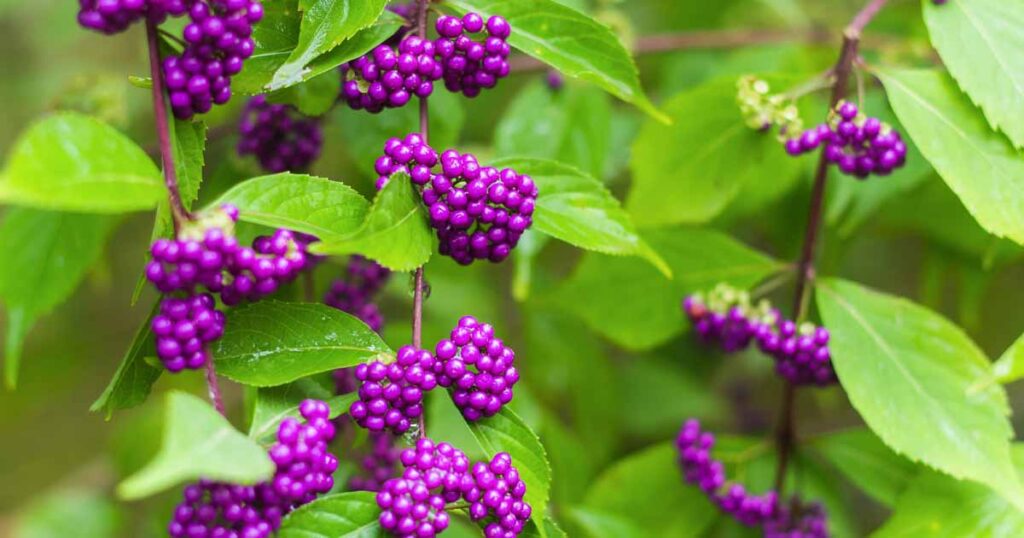
A true showstopper in the fall landscape, beautyberries grow in tight clusters of metallic purple beads that almost look artificial. While their taste is mild and slightly astringent when raw, they can be transformed into delightful jellies or syrups. For foragers, they’re a welcome late-season find, offering color when many plants have gone dormant. They’re also a favorite of wildlife — so if you plan to harvest, do so early before the birds claim them.
2. Prickly Heath Berries (Acrotriche serrulata)
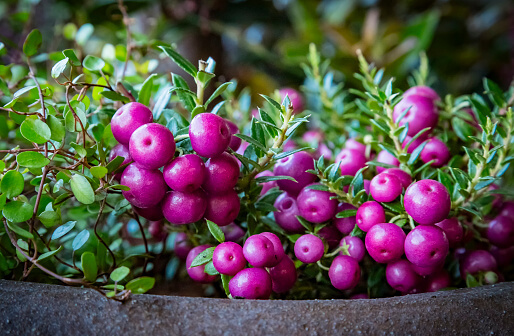
Native to Australia, prickly heath produces small, deep purple berries that hide beneath spiky foliage. They’re not the easiest fruit to spot or gather, but their sweet, slightly tangy flavor makes the effort worthwhile. The berries have long been part of Indigenous diets, and for modern foragers, they’re a satisfying find in heathlands and coastal areas.
3. Tasmanian Flax Lily Berries (Dianella tasmanica)
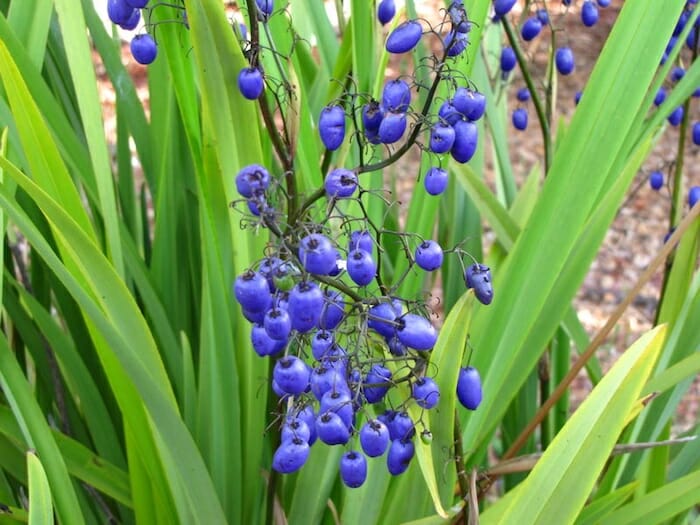
These striking berries are a vibrant indigo-purple and almost look like polished gemstones. While the berries themselves are not considered edible for humans, the plant is grown ornamentally for its beauty. Foragers should take note — this is a plant to admire, not eat, as its main value lies in landscaping and providing habitat for pollinators.
4. Coral Berry (Symphoricarpos orbiculatus)
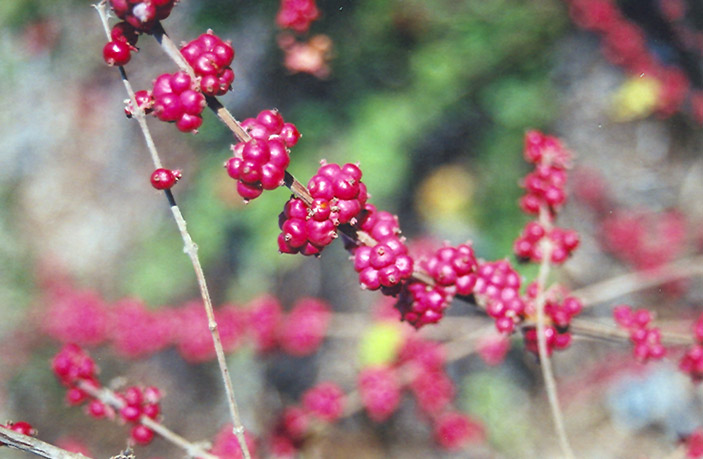
Coral berries are more often pink to purplish-red, but some can take on dusky purple hues in the right light. Although visually appealing, they are mildly toxic to humans and should not be eaten. However, they provide winter forage for certain birds and serve as an attractive groundcover in the wild or in gardens.
5. Witherod Viburnum Berries (Viburnum nudum)
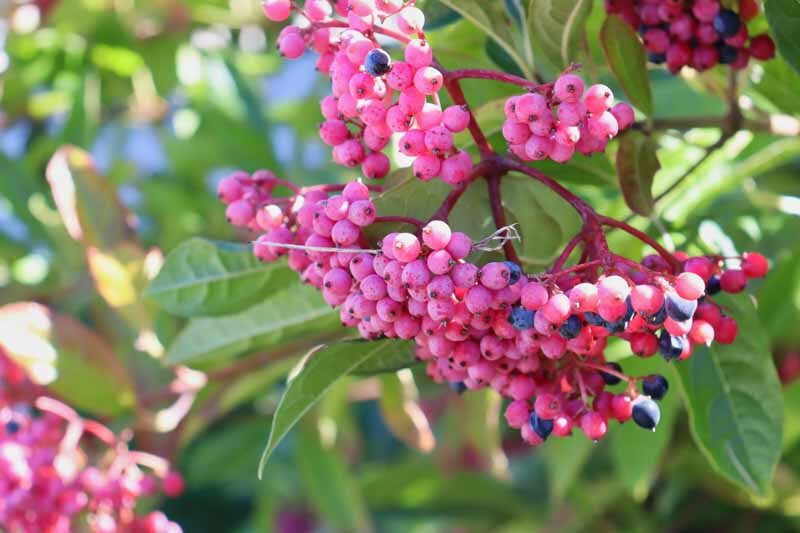
Also known as possumhaw, witherod berries start out pink, shift to blue, and mature into a glossy deep purple-black. They have a slightly bitter taste and are not widely eaten by humans, but their beauty in autumn and winter is unmatched. For foragers, their changing colors can be a clue for plant ID when tracking seasonal transitions.
6. Porcelain Berry (Ampelopsis glandulosa var. brevipedunculata)
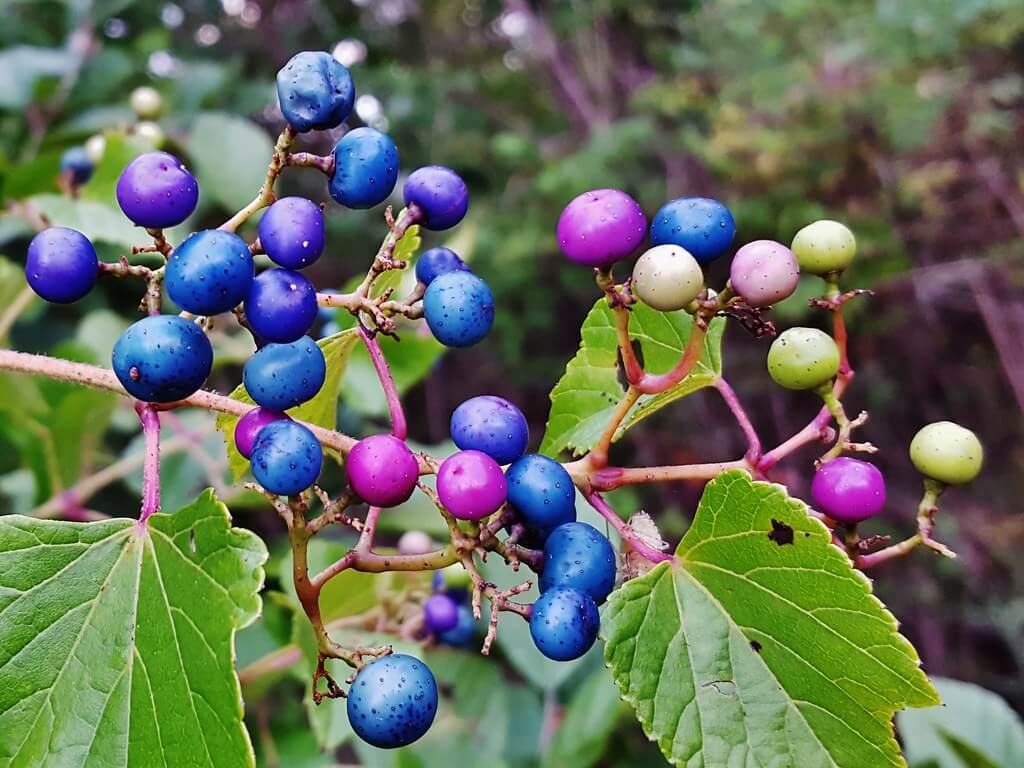
This invasive vine produces berries in a mix of colors — from turquoise to lilac to deep purple — often all on the same cluster. While attractive, the berries are not considered palatable and can displace native plants. Foragers should recognize it for identification purposes and avoid encouraging its spread.
7. Stardust Purple Goji Berry (Lycium barbarum cultivar)
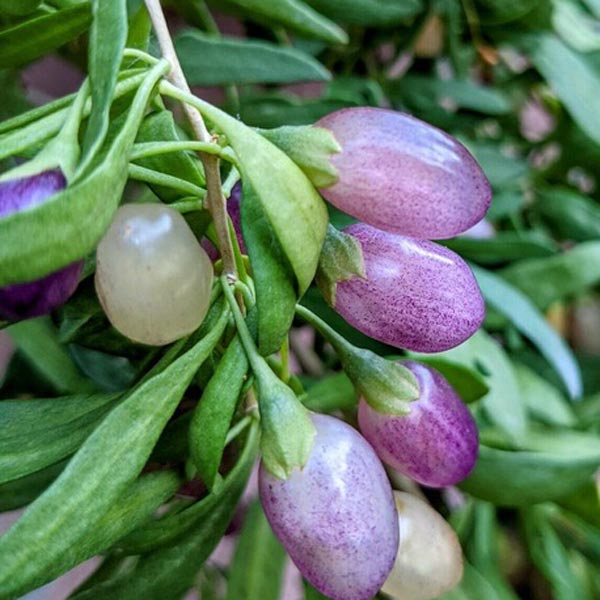
A rare twist on the classic goji berry, the stardust purple variety has a rich violet hue and a flavor that balances sweet and tangy. Like its red cousin, it’s packed with antioxidants and nutrients. For gardeners and foragers alike, it’s a novelty crop that offers both ornamental appeal and nutritional value.
8. Gaultheria mucronata ‘Pink’
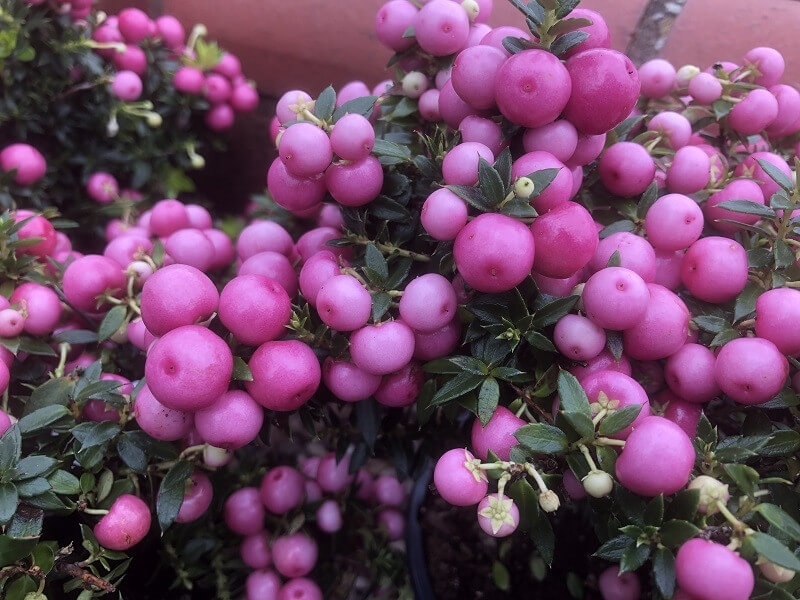
Although called “Pink,” the ripe berries of this ornamental shrub can develop deeper purple tones. Native to southern South America, these berries are edible but bland, often grown more for decorative purposes than flavor. They are a good example of plants that straddle the line between ornamental and edible in foraging conversations.
9. Açaí Berry (Euterpe oleracea)
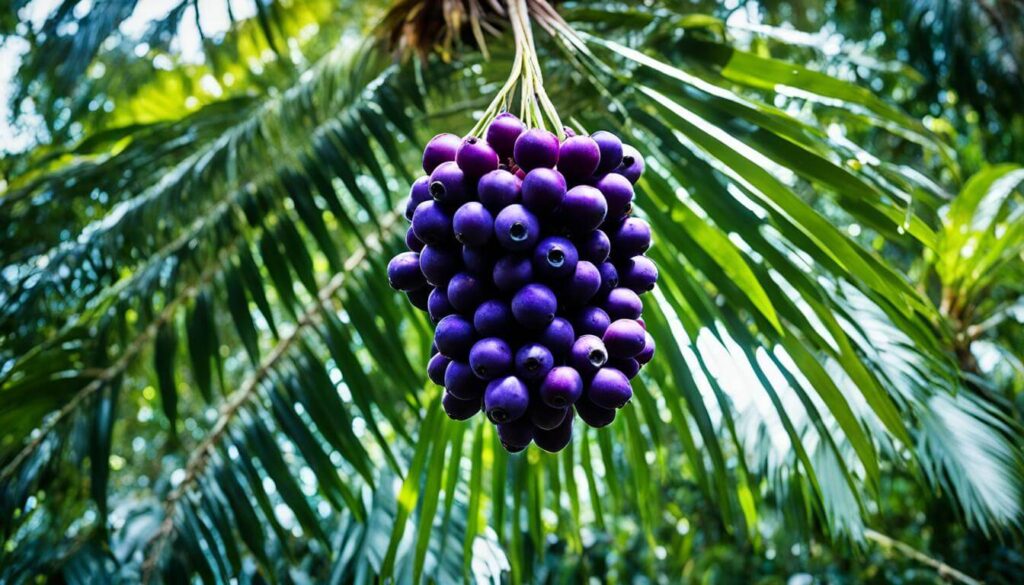
Harvested from Amazonian palm trees, açaí berries are small, dark purple fruits prized for their health benefits and intense, earthy flavor. They’re rarely eaten fresh due to their short shelf life; instead, they’re often frozen, powdered, or made into purées. Foragers in tropical regions see them as a high-energy, antioxidant-rich food source.
10. Purple Grapes (Vitis vinifera and others)
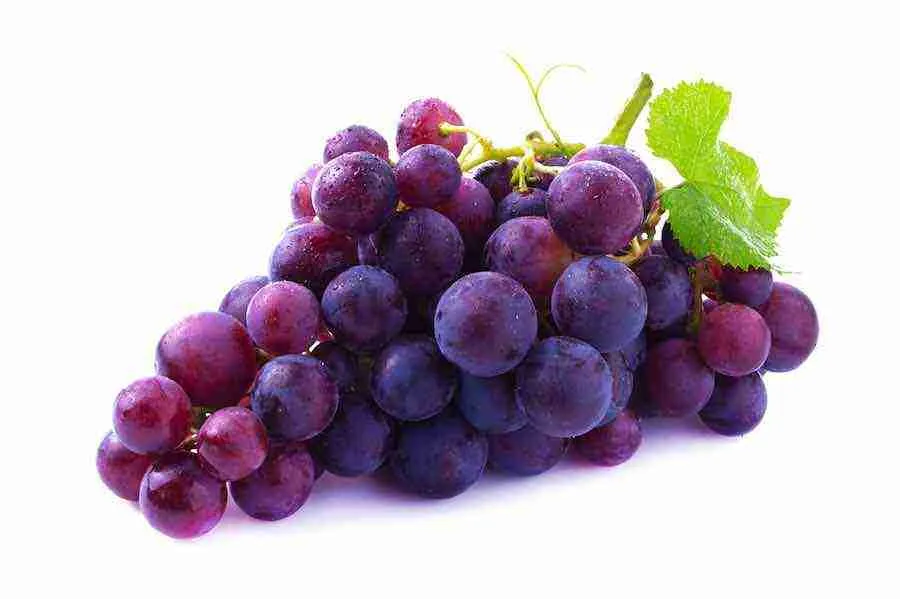
From wild riverbank grapes to cultivated varieties like Concord, purple grapes are among the most familiar edible berries. They offer a sweet-tart juiciness perfect for eating fresh, drying into raisins, or fermenting into wine. Foragers will appreciate that wild grapes tend to have smaller, more acidic fruit — but their bold flavor can still shine in jams or juices.
